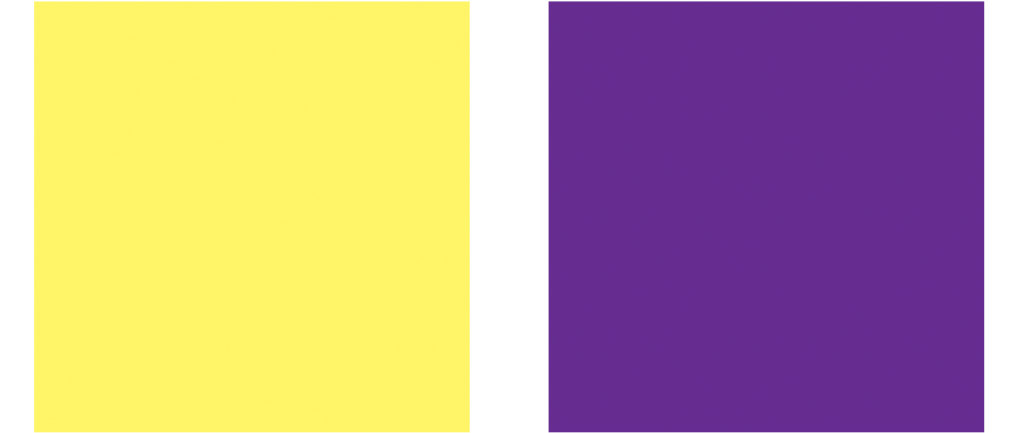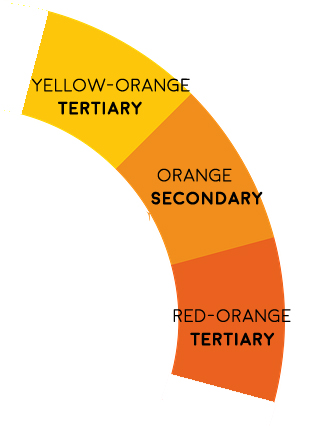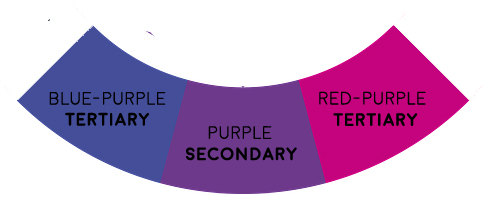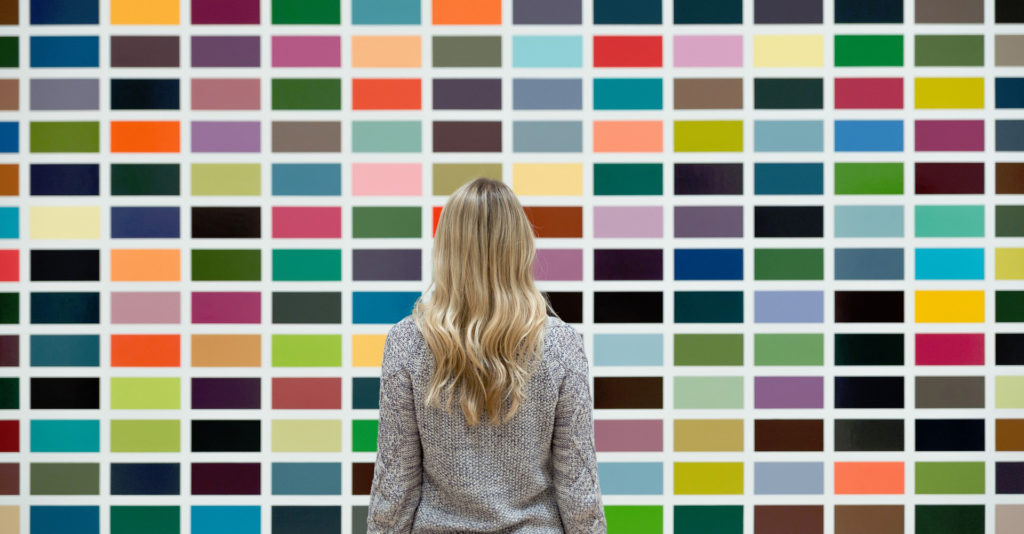Color Theory: A Beginner's Guide

Color Theory
So, what is color theory? Color theory is the theory behind color mixing and color pairing. It provides methods and guidance for understanding how colors influence one another. Understanding colors and how they can work together or against one another can really help your designs look their absolute best. Having a general working knowledge of color theory will help you when you are choosing not only the colors of your designs, but also the colors of the products you choose for your designs.
The 3 Characteristics of Color
These terms describe the basic attributes of any color. Understanding these terms, and learning how to manipulate the characteristics of the colors you work with can be a highly valuable skill.
1. Hue
Hue refers to the color itself. So, if you are dealing with a red, the hue would be red.
2. Saturation
Saturation refers to the amount of hue that is present in any given color. If you "desaturate" a color, it completely takes the hue away, and you are left with some variation of gray. If you add saturation, it intensifies the hue.
Example: The pink on the left is more saturated than the pink on the right.

3. Value
Value refers to the darkness or lightness of a color.
Examples: The blue on the left has a darker value than the blue on the right.

Yellow has a lighter value than purple.

The Color Wheel
Color wheels are great tools for beginners and experts alike! The color wheel helps to visualize the way colors work together. They can also help show what happened when one color is added to another. Color wheels can be simple, or very complex! If color theory interests you, I would highly recommend purchasing a color wheel of your own!

Primary Colors
Red, Yellow, Blue
Theoretically, all colors are some variation of the primary colors. Primary colors also cannot be created by mixing other colors. They are the foundation of all color!
Secondary Colors
Green, Purple, Orange
Secondary colors are colors that are created when you mix together two primary colors. For example, when you mix blue and yellow, you get green. When you mix blue and red, you get purple,
Tertiary Colors
Yellow-orange, red-orange, red-purple, blue-purple, blue-green, yellow-green
Tertiary colors are created when you mix a secondary color and a primary color together.
Pairing Colors
There are two main ways to create color harmony. You can either use complimentary or analogous color pairings.
Complimentary Colors
Complimentary colors are colors that compliment each other. They will appear more vibrant and intense when they are placed next to one another. They are found opposite one another on the color wheel. If you really want your colors to POP, use complimentary colors!
Examples: Blue and blue-purple are opposite on the color wheel from orange and yellow-orange. These colors intensify and compliment each other.

Yellow and yellow-green are opposite from one another on the color wheel from purple and red-purple. These colors are make each other pop!

Analogous Colors
Analogous colors appear next to each other on the color wheel. If you choose any three colors that are alongside one another on the color wheel, you are sure to come up with a harmonious pairing.
Examples: Yellow-orange, orange, and red-orange are all next to one another on the color wheel. All three colors work well together.

Blue-purple, purple, and red-purple are also all next to one another on the color wheel. All three of these colors also look great together! You can do this with any 3 colors that are connected on the color wheel.

Questions? Comments?
Hopefully this lesson in color theory was helpful to you all! If you have any questions or comments, please let us know in the comments section down below!
